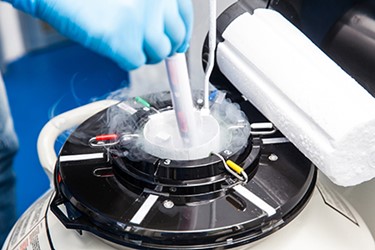What Impedance Tuner Characteristics Optimize Performance At Cryogenic Temperatures?

Impedance tuners are essential tools for characterizing low-noise amplifiers (LNAs), allowing engineers to vary source impedance and analyze how it impacts noise performance. This is especially critical for cryogenic LNAs used in highly sensitive applications such as radio astronomy and quantum computing, where minimizing noise is paramount.
In cryogenic environments, the impedance tuner and LNA-under-test are typically placed in a cryostat or cryogenic probe station. Therefore, the tuner must function reliably under extremely low temperatures while meeting space and cooling constraints. Two main tuner types—electro-mechanical and solid-state—present different trade-offs.
Electro-mechanical tuners rely on moving parts, resulting in higher power consumption, increased heat generation, and larger size—factors that complicate use in cryogenic systems due to cooling and space limitations.
In contrast, solid-state impedance tuners are better suited for cryogenic use. They consume less power, generate minimal heat, and are more compact, making them ideal for space-constrained and thermally sensitive setups.
Maury Microwave’s CT-series represents a purpose-built solid-state solution for cryogenic impedance tuning. It operates at temperatures below 4 K, consumes less than 0.2 mW, and weighs under 80 grams. The compact 60mm x 40mm design improves integration and cooling efficiency. Key features include an integrated temperature sensor and bias tee for DUT and load biasing.
By enabling accurate noise parameter measurement in cryogenic conditions, the CT-series supports precision testing of LNAs, helping ensure optimal performance in demanding, low-noise environments.
Get unlimited access to:
Enter your credentials below to log in. Not yet a member of Wireless Design Online? Subscribe today.
